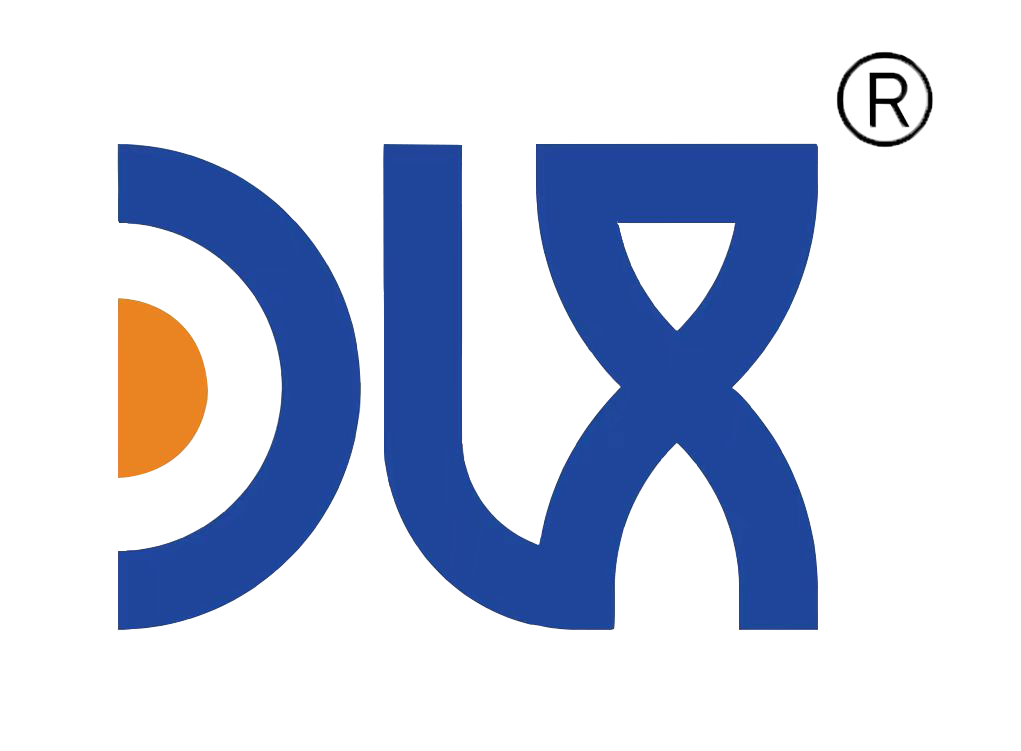
The 0Cr21Al6Nb ferritic alloy bar is an advanced FeCrAl-based heating material that incorporates niobium (Nb) to improve mechanical strength, oxidation resistance, and high-temperature stability. This alloy consists primarily of iron (Fe), chromium (Cr 21%), aluminum (Al 6%), and a small addition of niobium (Nb).
The niobium content plays a key role in refining the grain structure, improving creep strength, and enhancing the formation of a stable aluminum oxide (Al₂O₃) protective film during high-temperature exposure. As a result, the 0Cr21Al6Nb alloy bar maintains its structural integrity and resistivity even under thermal cycling and long-term oxidation conditions.
At DLX Alloy, our 0Cr21Al6Nb bars are produced using vacuum melting and precision rolling technology to ensure a uniform chemical composition, low impurity levels, and superior performance for industrial heating applications.
For more details, pls directly contact us
The 0Cr21Al6Nb ferritic alloy bar is widely used in industries requiring long-lasting heating components that operate under extreme thermal stress. Common applications include:
-
Electric furnaces for ceramics, metallurgy, and glass manufacturing
-
Heat treatment equipment such as continuous furnaces and muffle furnaces
-
Industrial heating elements for ovens, dryers, and kilns
-
Resistors and heating wires requiring long oxidation life
-
Electric heating tubes and radiant heaters
Because of its niobium-enhanced oxidation resistance and mechanical durability, this alloy is especially suitable for environments where traditional FeCrAl alloys may experience structural degradation after prolonged heating cycles.
|
Alloy Nomenclature Performance |
0Cr21Al6 |
0Cr27Al7Mo2 |
||||||
|
Chemical Compostion (%) |
Cr |
12.0-15.0 |
23.0-26.0 |
19.0-22.0 |
20.5-23.5 |
18.0-21.0 |
21.0-23.0 |
26.5-27.8 |
|
Al |
4.0-6.0 |
4.5-6.5 |
5.0-7.0 |
4.2-5.3 |
3.0-4.2 |
5.0-7.0 |
6.0-7.0 |
|
|
Re |
Opportune |
Opportune |
Opportune |
Opportune |
Opportune |
Opportune |
Opportune |
|
|
Fe |
Rest |
Rest |
Rest |
Rest |
Rest |
Rest |
Rest |
|
|
-- |
-- |
-- |
-- |
-- |
-- |
-- |
||
|
Max.Continuous service temp. of element |
950 |
1250 |
1250 |
1250 |
1100 |
1350 |
1400 |
|
|
Resistivity at 20C(μΩ.m) |
1.25 |
1.42 |
1.42 |
1.35 |
1.23 |
1.45 |
1.53 |
|
|
Density(g/cm) |
7.4 |
7.1 |
7.16 |
7.25 |
7.35 |
7.1 |
7.1 |
|
|
Thermal Conductivity(KJ/m.h) |
52.7 |
46.1 |
63.2 |
60.2 |
46.9 |
46.1 |
-- |
|
|
Coefficient of lines expansion(αx10-6/℃) |
15.4 |
16 |
14.7 |
15 |
13.5 |
16 |
16 |
|
|
Melting Point Approx(degree) |
1450 |
1500 |
1500 |
1500 |
1500 |
1510 |
1520 |
|
|
Tensile Strength(N/mm) |
580-680 |
630-780 |
630-780 |
630-780 |
600-700 |
650-800 |
680-830 |
|
|
Elongation at rupture(%) |
>16 |
>12 |
>12 |
>12 |
>12 |
>12 |
>10 |
|
|
Variation of area(%) |
65-75 |
60-75 |
65-75 |
65-75 |
65-75 |
65-75 |
65-75 |
|
|
Repeat Bending frequency(F/R) |
>5 |
>5 |
>5 |
>5 |
>5 |
>5 |
>5 |
|
|
Hardness(H.B.) |
200-260 |
200-260 |
200-260 |
200-260 |
200-260 |
200-260 |
200-260 |
|
|
continuous service time(Hours/ ºC) |
-- |
≥80/1300 |
≥80/1300 |
≥80/1300 |
≥80/1250 |
≥80/1350 |
≥80/1350 |
|
|
Micrographic structure |
Ferrite |
Ferrite |
Ferrite |
Ferrite |
Ferrite |
Ferrite |
Ferrite |
|
|
Magnetic properties |
Magnetic |
Magnetic |
Magnetic |
Magnetic |
Magnetic |
Magnetic |
Magnetic |
|
|
Shape |
Size (mm) |
|
Wire |
0.05-7.5 |
|
Rod |
8-50 |
|
Ribbon |
(0.05-0.35)*(0.5-6.0) |
|
Strip |
(0.5-2.5)*(5-180) |
For more details, pls directly contact us
With the rapid advancement of electric heating and thermal processing technologies, the demand for long-life, energy-efficient, and oxidation-resistant materials continues to grow. The addition of niobium to FeCrAl alloys like 0Cr21Al6Nb represents a significant improvement over conventional materials.
In recent years, industries such as automotive, energy storage, and high-precision manufacturing have increased their use of advanced heating systems that operate continuously at temperatures above 1200°C. This has led to a market shift toward FeCrAl-Nb alloys, which offer greater oxidation stability, reduced deformation, and longer lifespan.
DLX Alloy has been at the forefront of this transition, integrating microalloying control, advanced heat treatment, and precision shaping techniques to deliver consistent and reliable 0Cr21Al6Nb alloy products that meet international standards.
Product Comparison Table
| Property | 0Cr21Al6Nb | 0Cr21Al6 | 0Cr23Al5 | 0Cr25Al5 |
|---|---|---|---|---|
| Main Alloying Elements | Fe-Cr-Al-Nb | Fe-Cr-Al | Fe-Cr-Al | Fe-Cr-Al |
| Niobium Content | 0.3–0.6% | – | – | – |
| Max Operating Temperature (°C) | 1350 | 1300 | 1350 | 1400 |
| Oxidation Resistance | Excellent | Very Good | Excellent | Excellent |
| Mechanical Strength at 1200°C | High | Medium | High | Very High |
| Electrical Resistivity (μΩ·m) | 1.38 | 1.35 | 1.40 | 1.45 |
| Thermal Stability | Excellent | Good | Excellent | Excellent |
| Cost Efficiency | High | High | High | High |
The 0Cr21Al6Nb alloy offers a strong combination of oxidation resistance and high-temperature mechanical strength, outperforming standard FeCrAl materials in long-duration applications where both durability and reliability are critical.
DLX Alloy – Our Advantage
At DLX Alloy, we approach alloy development with precision and reliability in mind. Our 0Cr21Al6Nb ferritic alloy bars are produced through a controlled melting and refining process, followed by uniform hot-rolling and annealing to ensure optimal microstructure and stability.
Key advantages of choosing DLX Alloy’s 0Cr21Al6Nb products include:
-
Vacuum melting and refining for ultra-clean alloy composition
-
Tight dimensional tolerances and uniform grain distribution
-
Enhanced oxidation resistance from optimized Al/Nb ratios
-
Longer lifespan and reduced brittleness during thermal cycling
-
Comprehensive testing for electrical resistivity, oxidation behavior, and tensile strength
Our customers rely on DLX Alloy for consistent performance, stable delivery, and tailored support. We not only supply standard diameters but also provide custom-cut bars, surface finishes, and mechanical property adjustments according to specific heating system requirements.
By maintaining strict ISO-level quality control and process documentation, DLX ensures that every 0Cr21Al6Nb alloy bar meets global industrial heating standards.
Market Insights
As industrial heating continues to evolve toward automated and intelligent temperature control systems, the materials used for these systems must deliver predictable and stable performance under repeated thermal cycling.
0Cr21Al6Nb has become a preferred choice for engineers designing heating elements that must perform consistently in harsh, oxidizing atmospheres. The niobium addition helps to prevent grain boundary oxidation and creep deformation, significantly extending the service life of heating elements.
DLX Alloy continues to invest in R&D and production optimization, ensuring that our FeCrAl-Nb series materials remain at the forefront of high-temperature material innovation.
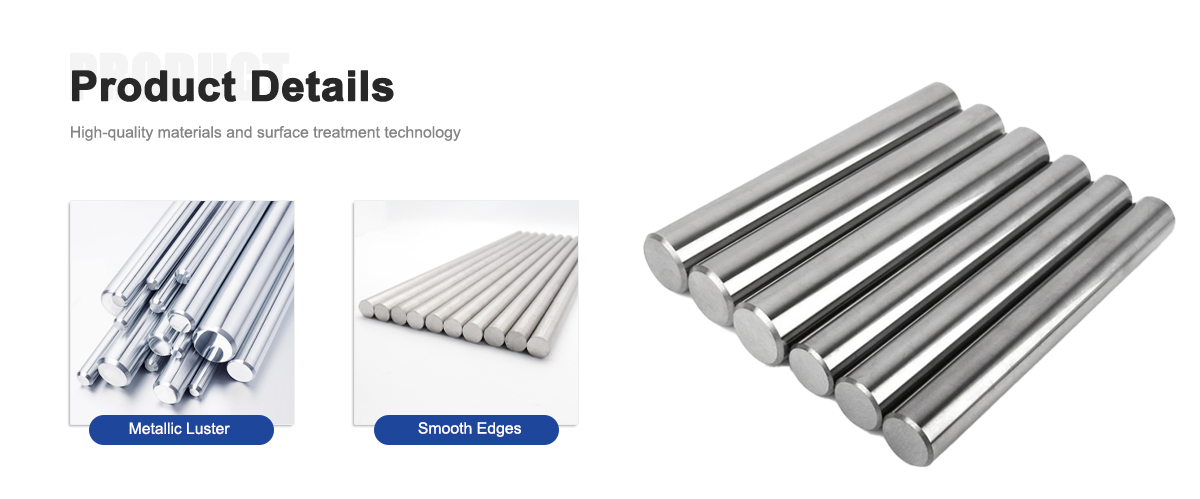
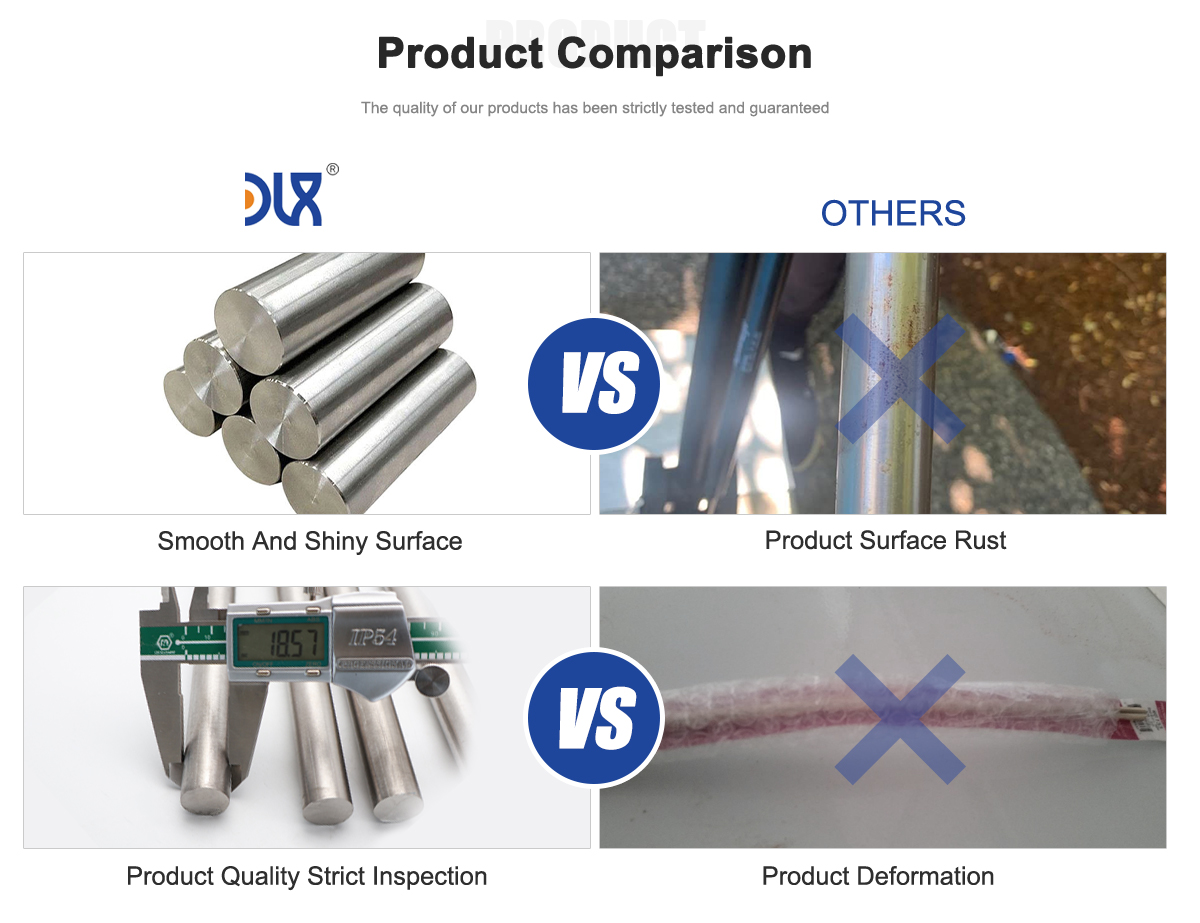
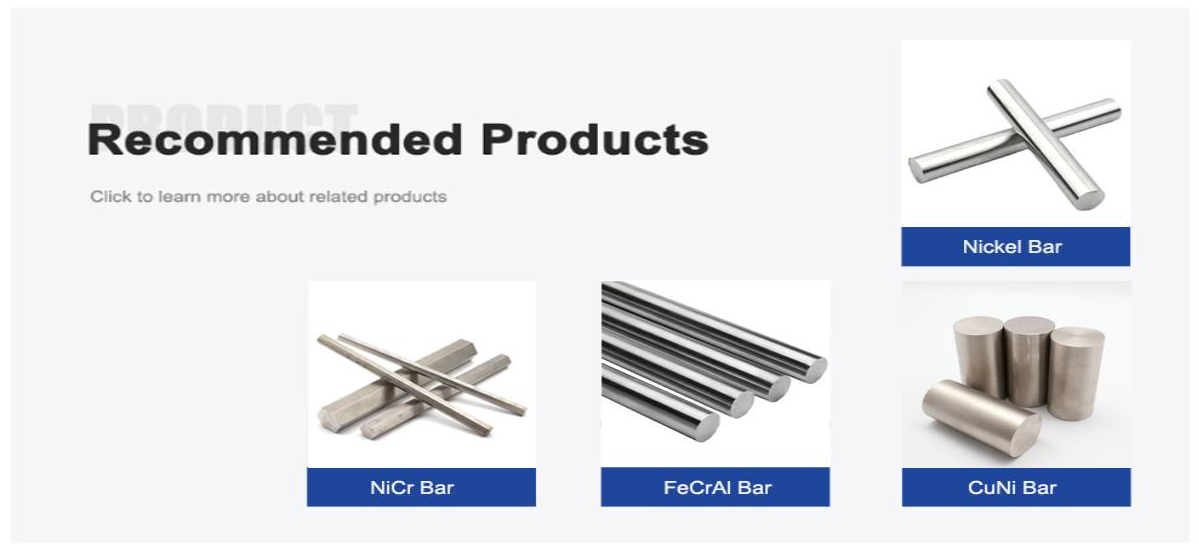
About Us:
Our 12,000㎡ factory is equipped with complete capabilities for research, production, testing, and packaging. We strictly adhere to ISO 9001 standards in our production processes, with an annual output of 1,200 tons. This ensures that we meet both quantity and quality demands. Furthermore, all products undergo rigorous simulated environment testing including high temperature, high pressure, and corrosion tests before being dispatched, ensuring they meet customer specifications.For all our clients, we offer timely and multilingual after-sales support and technical consulting, helping you resolve any issues swiftly and efficiently.
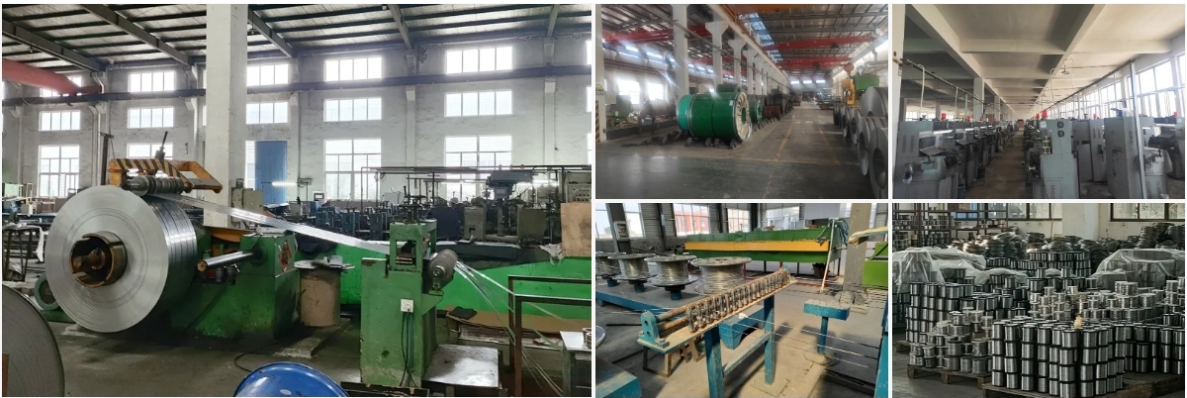
Client Visits
Building Stronger Partnerships
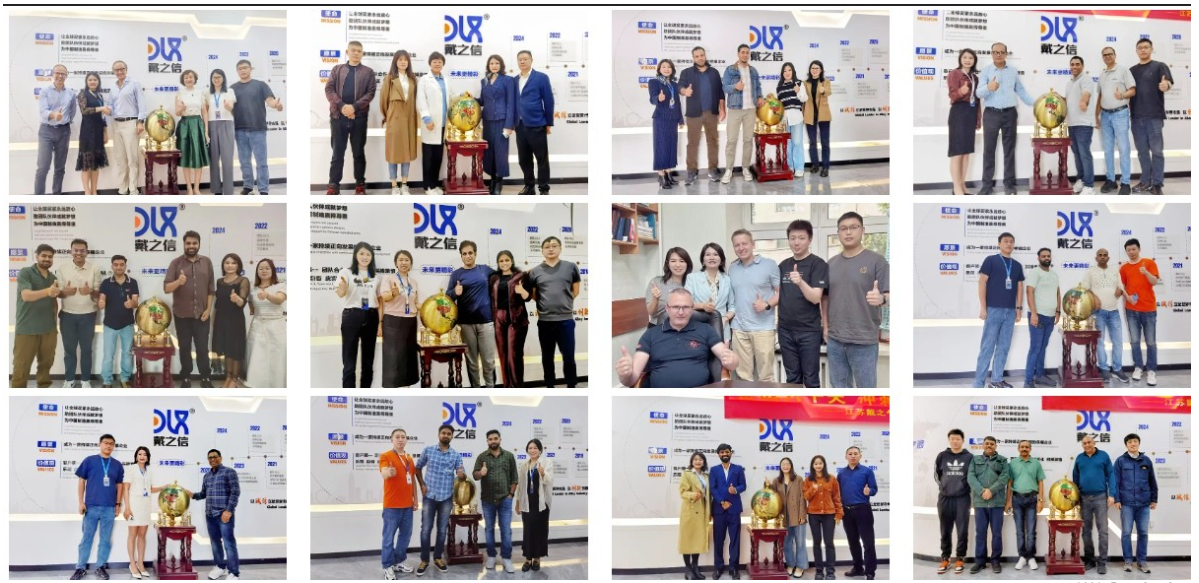
We support all kinds of testing:
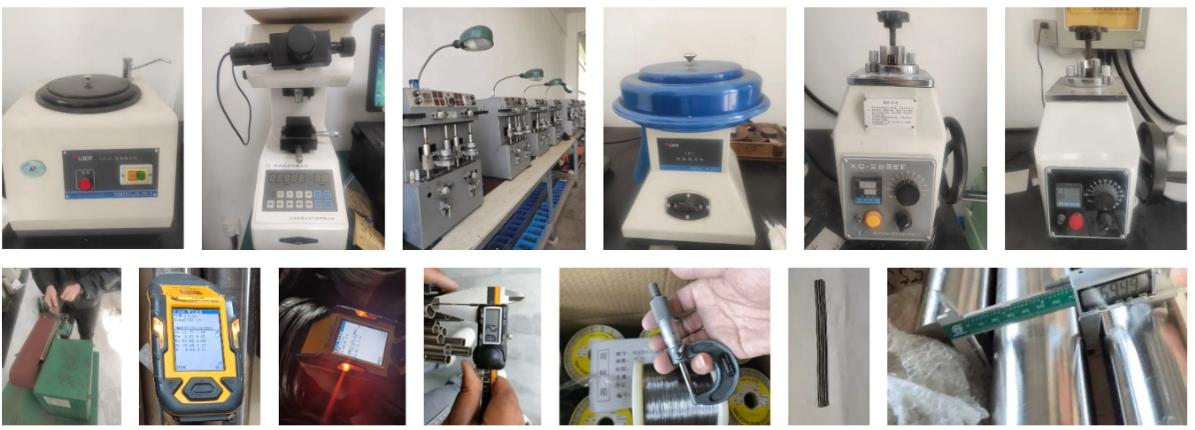

FAQs
1. What makes 0Cr21Al6Nb different from standard FeCrAl alloys?
The addition of niobium increases creep strength and enhances the formation of a stable oxide layer, improving high-temperature durability.
2. What is the maximum working temperature of this alloy?
It can operate continuously at temperatures up to 1350°C in air without significant degradation.
3. Why is niobium important in this composition?
Niobium strengthens the microstructure and prevents grain growth, improving oxidation and thermal fatigue resistance.
4. What production technology does DLX use?
We use vacuum melting and precision rolling, ensuring purity, density, and uniform structure.
5. Is this alloy suitable for continuous furnaces?
Yes, it performs exceptionally well in continuous or cyclic heating systems such as electric kilns or sintering furnaces.
6. What surface finishes are available?
DLX provides polished, oxide-coated, and bright finishes to match customer preferences.
7. How does this alloy perform compared to NiCr materials?
It offers higher temperature capability and longer lifespan at a lower cost, ideal for industrial heating applications.
8. Can DLX customize size and tolerance?
Yes, we offer full customization for diameter, length, and resistivity to meet exact engineering needs.
Conclusion
The 0Cr21Al6Nb ferritic alloy bar represents a modern evolution of FeCrAl heating materials, combining the time-proven benefits of iron-chromium-aluminum alloys with the performance-enhancing addition of niobium. This blend results in exceptional oxidation resistance, superior creep strength, and extended service life, even under continuous high-temperature operation.
At DLX Alloy, we take pride in manufacturing high-quality, reliable, and precisely engineered FeCrAl alloy bars that support industrial innovation worldwide. Whether for electric furnaces, resistors, or heating systems, our 0Cr21Al6Nb bars deliver consistent performance, energy efficiency, and long-term reliability—making them the preferred choice for demanding high-temperature environments.
